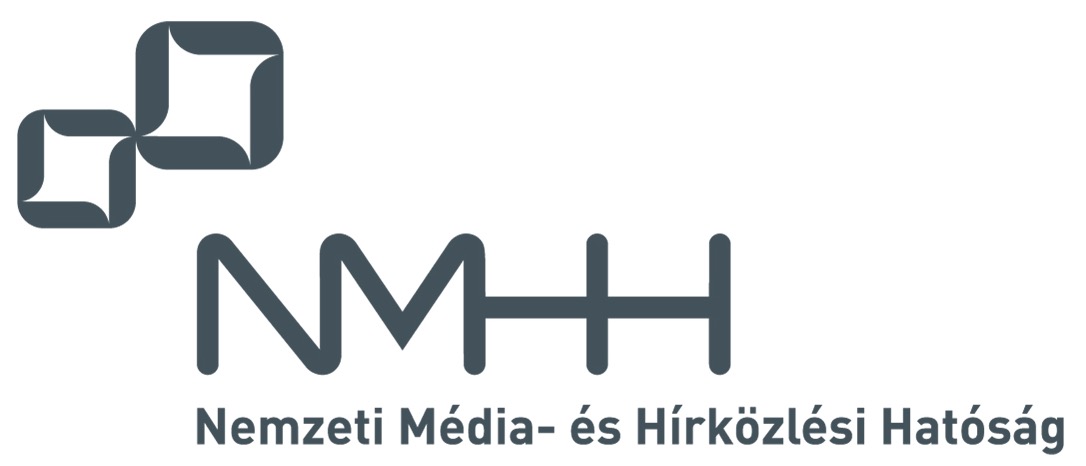2016. 4th Issue
Full issue  (22 MB)
(22 MB)
PAPERS FROM OPEN CALL
Run Zhang, Yong-Bin Wang, Jin-Yao Yan and Shuang Feng
A Highly Secure Image Watermarking Authentication Algorithm Based on MECDH and AECDSA 
This paper proposes a highly secure DSWT (Discrete Stationary Wavelet Transform) domain image watermarking and digital signature algorithm. The algorithm is based on MECDH (Modified Elliptic Curve Diffie-Hellman) key exchange protocol with more secure elliptic curves and SHA-512 AECDSA (Advanced Elliptic Curve Digital Signature Algorithm), both of which are derived from ECC (Elliptic Curves Cryptography) [1] with with ECDLP known to be very difficult to solve. Meanwhile, the algorithm run on MIRACL (Multiprecision Integer and Rational Arithmetic C/C++ Library) becomes stronger. Theoretical analyses and experimental results show that the proposed algorithm is more secure and practical to protect copyrights of multimedia digital works.
Szilvia Lestyán
Privacy Preserving Data Aggregation over Multi-hop Networks 
We present a novel privacy-preserving data aggregation protocol in wireless networks composed of short-range devices. These devices provide a collaborative service and conduct privacy-preserving computations to obtain the aggregated result of their secret inputs. Our solution uses secure multi-party primitives as well as a new distributed perturbation technique to guarantee strong differential privacy against untrustworthy aggregators.
PRACTICAL PAPERS OF APPLIED RESEARCH
Multi-Camera Broadcasting Model with Automation of Optimal Scene Switching

Manuscript deals with introduction of model for automatic selection of the scene with the best position of the object of interest in a multi-camera live broadcasts. The novel metric for evaluation of object appearance in multi-camera scenes was proposed and designed following the deep analysis of relevant broadcasting technologies and object tracking methods. Evaluation of object appearance in scene comprises not only from the location and size of the object of interest in the actual frame but also from streaming transmission parameters and the subjective rating from the broadcast recipients. The proposed metrics serve as the basis for the establishment of a system for selecting the best scene with switching in the real-time. Model has been experimentally deployed in two alternative implementations using common and mobile devices. Results were compared with human based broadcast direction. Based on this comparison, the ability to respond to changes in the scene and also to capture the object of interest in the stream was observed. The resulting application of model should be adapted in different fields such as broadcast of conferences, sport events or security systems.
Android APK on-the-fly tampering

The Android operating system is widely deployed and relied upon by both providers and users of various applications. These applications get frequently downloaded from other sources than just Google Play. This makes Android and its application treatment a popular target for attackers. We first present an automated offline attack injecting a previously prepared code to a previously unseen Android application instal- lation file (APK) in an automatic manner. Moreover, we present a novel transparent on-the-fly extension of our attack when a proxy server performs code injection during a new APK download.
CALL FOR PAPERS / PARTICIPATION
IEEE AFRICON 2017 – 2017, Cape Town, South Africa
IEEE SISY 2017 – 2017, Subotica, Serbia
IEEE ConTEL 2017 – 2017, Zagreb, Croatia
IEEE SENSORS 2017 – 2017, Glasgow, Scotland, UK
IEEE GLOBECOM 2017 – 2017, Singapore
IEEE PIMRC 2017 – 2017, Montreal, Canada




